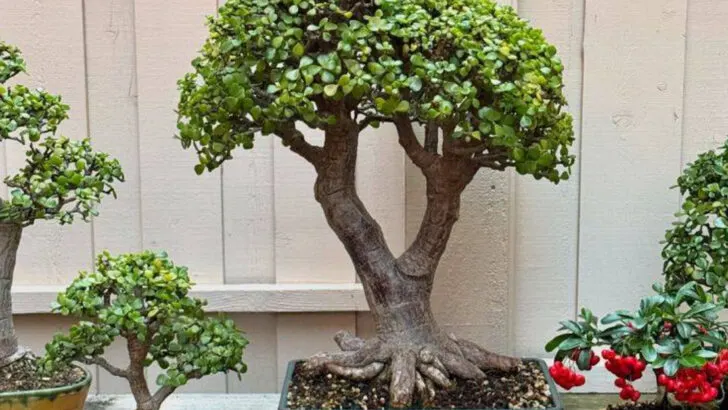Not all “beginner plants” are created equal. If you’ve ever proudly brought home a plant labeled easy care—only to watch it slowly wither despite your best efforts—you’re not alone. At Plantisima, we hear it all the time: “I thought this was a starter plant… why is it dying?” The truth is, some so-called beginner plants are actually surprisingly high-maintenance.
In this article, we’re exposing 20 plants often marketed as low-effort, but that come with tricky needs, hidden sensitivities, or misleading reputations. From finicky fiddle leaf figs to deceptively delicate maidenhair ferns, we’re breaking down what makes these plants difficult—and what to try instead if you’re still learning the ropes of indoor gardening.
To our Plantisima readers just starting their plant journeys: don’t let a few misunderstood plants shake your confidence. With the right info, you can avoid common pitfalls and build a collection that actually thrives. Because being a beginner doesn’t mean you have to settle for plants that secretly want a greenhouse and a full-time caretaker.
Fiddle Leaf Fig
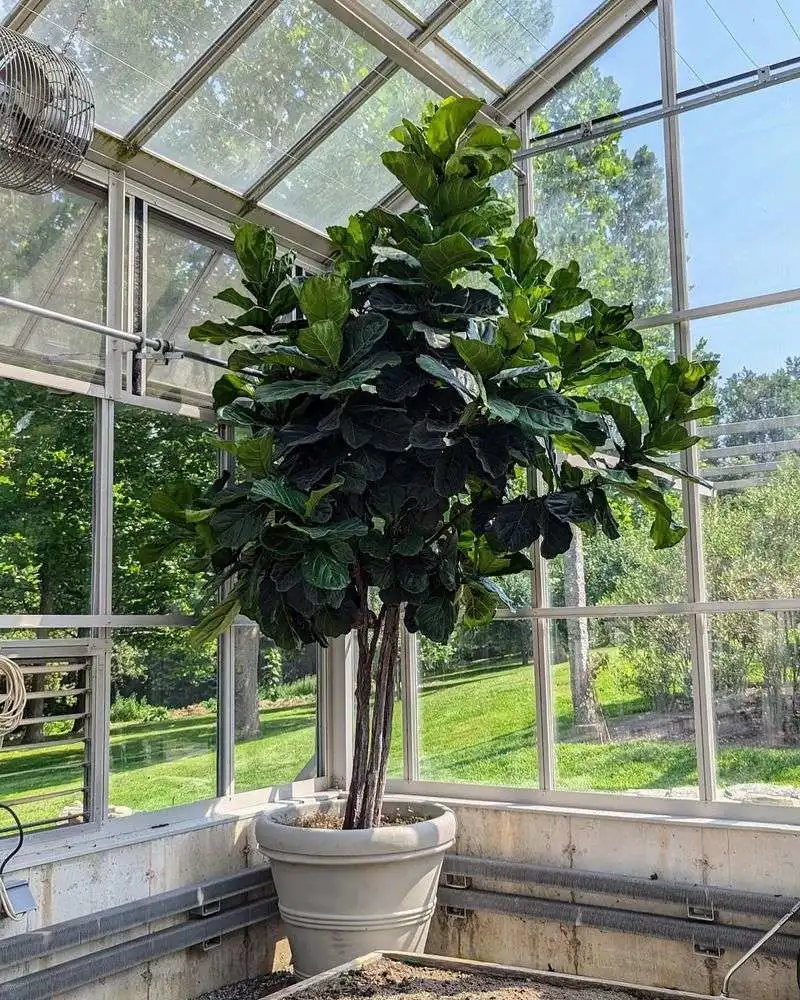
Often admired for its large, glossy leaves, the Fiddle Leaf Fig is a staple in trendy interiors. Despite its popularity, this plant can be quite temperamental. Its care demands include consistent watering, adequate humidity, and precise light conditions. Failure to meet these standards often results in browning leaves or sudden leaf drops.
It’s not uncommon for plant enthusiasts to find themselves puzzled by its unpredictable nature. Without proper attention, it can quickly become a source of stress rather than joy. To keep this plant thriving, a keen eye on environmental changes is essential.
Boston Fern
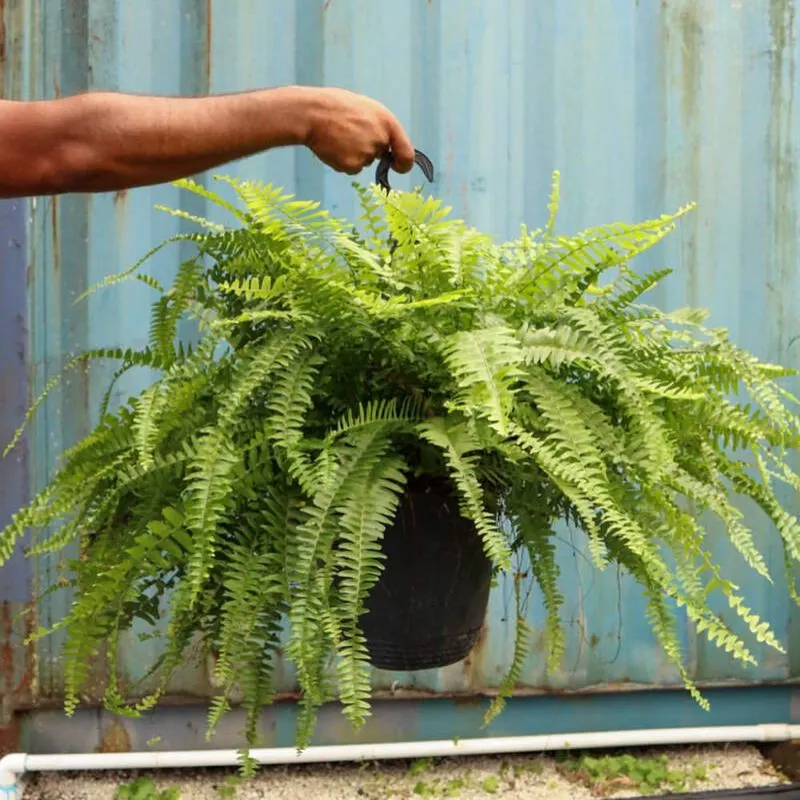
The Boston Fern is cherished for its beautiful, arching fronds and air-purifying qualities. Yet, maintaining its lush appearance demands effort. This plant needs consistent moisture and high humidity, conditions hard to replicate in typical indoor settings.
Missing a single watering can lead to crispy, brown leaf edges. Additionally, it thrives in indirect light, but any deviation can cause stress. Proper care involves regular misting and sometimes a humidity tray. This fern is not for the faint-hearted, requiring dedication to maintain its foliage vibrant and healthy.
Orchid
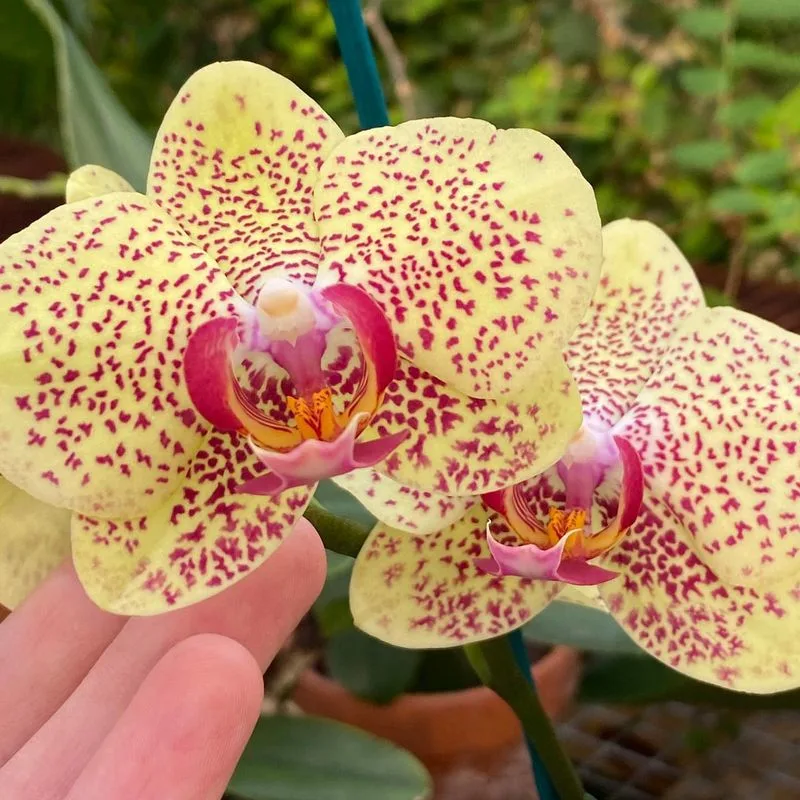
Known for their exotic blooms, Orchids are often mistakenly considered easy-growing houseplants. This beauty comes with a price – demanding specific care. The challenge lies in mimicking their natural humid habitats, and providing precise watering without drowning the roots.
Orchids prefer bright, indirect light and a well-draining potting mix. These requirements, if unmet, lead to wilting or root rot. Many newcomers struggle with knowing when to water, a task that requires observation and patience. Achieving the right balance ensures these captivating plants flourish, rewarding their owner with stunning floral displays.
Jasmine
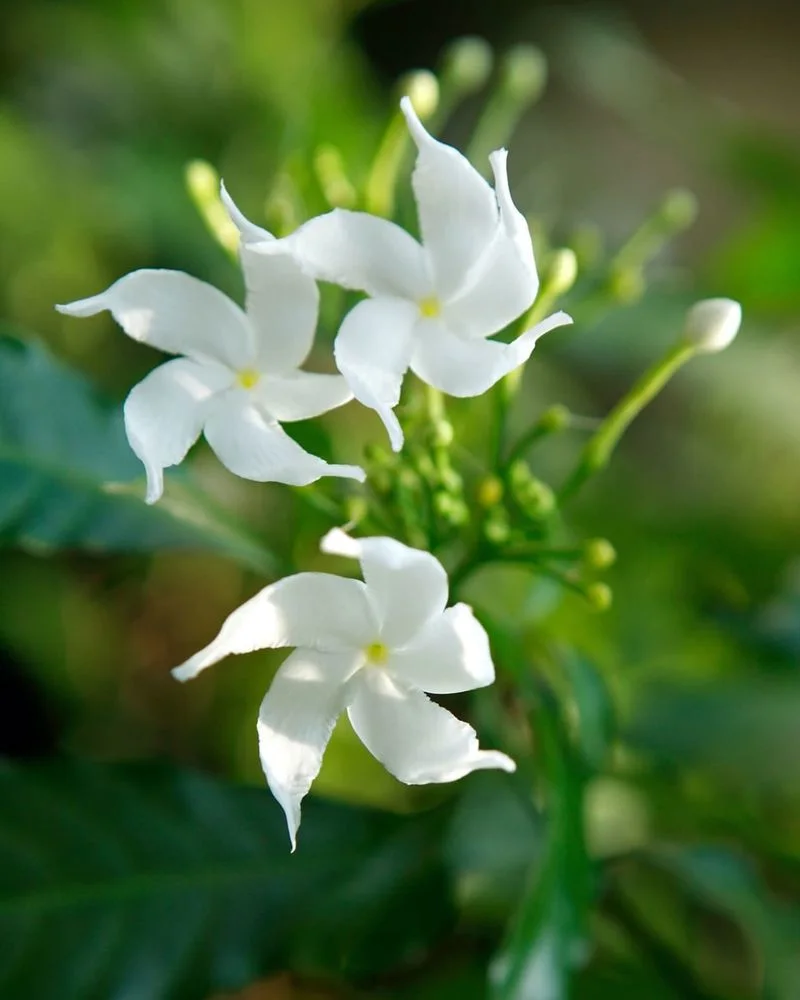
Jasmine is often associated with sweet fragrance and delicate flowers. However, cultivating this plant indoors presents challenges. It requires abundant sunlight and a delicate balance of watering to thrive, which can be tricky to manage.
Too much water leads to root rot, while insufficient light results in poor blooming. Though its nighttime fragrance is enchanting, the maintenance can be demanding. Mastering Jasmine care means providing a bright, airy environment and careful attention to its watering schedule, ensuring it remains fragrant and vibrant.
Alocasia
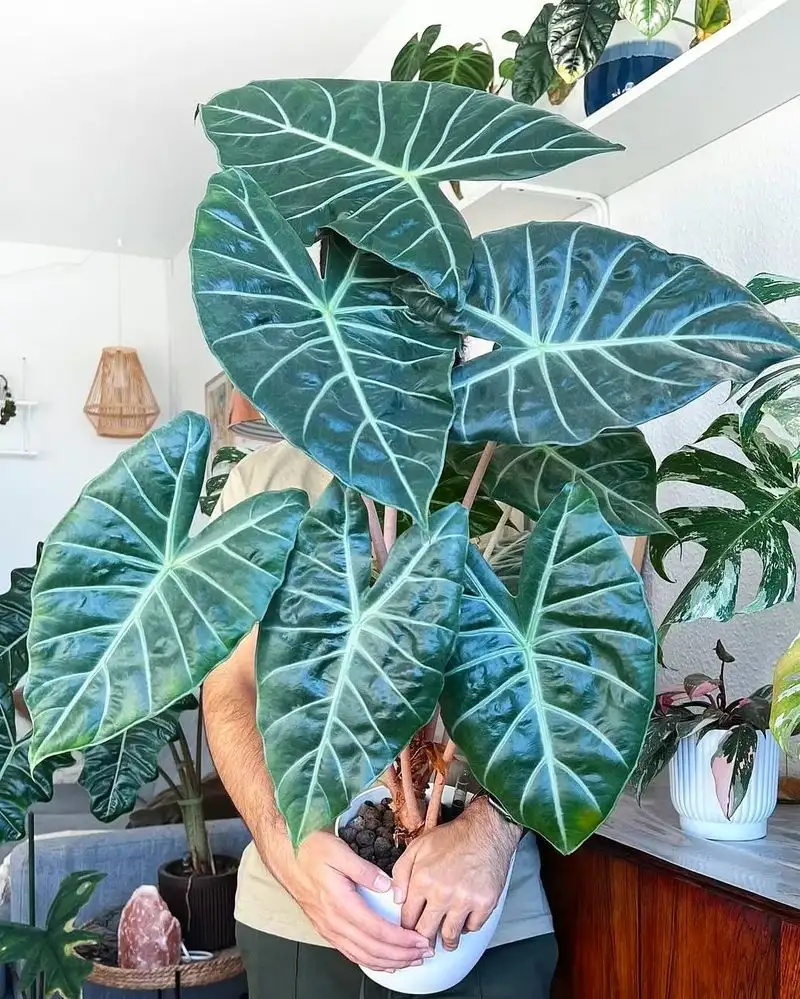
With its dramatic, arrow-shaped leaves, the Alocasia captures attention instantly. Despite its appeal, it’s not as easy to care for as it looks. This tropical beauty demands high humidity and warmth, making it less suitable for beginners.
Its watering needs are precise, and any over or under-watering can lead to yellowing leaves or dormancy. Alocasia’s sensitivity to cold drafts and sudden environmental changes further complicates its care. For those willing to invest the time and effort, the rewards are striking, but it’s a journey fraught with potential pitfalls.
Calathea
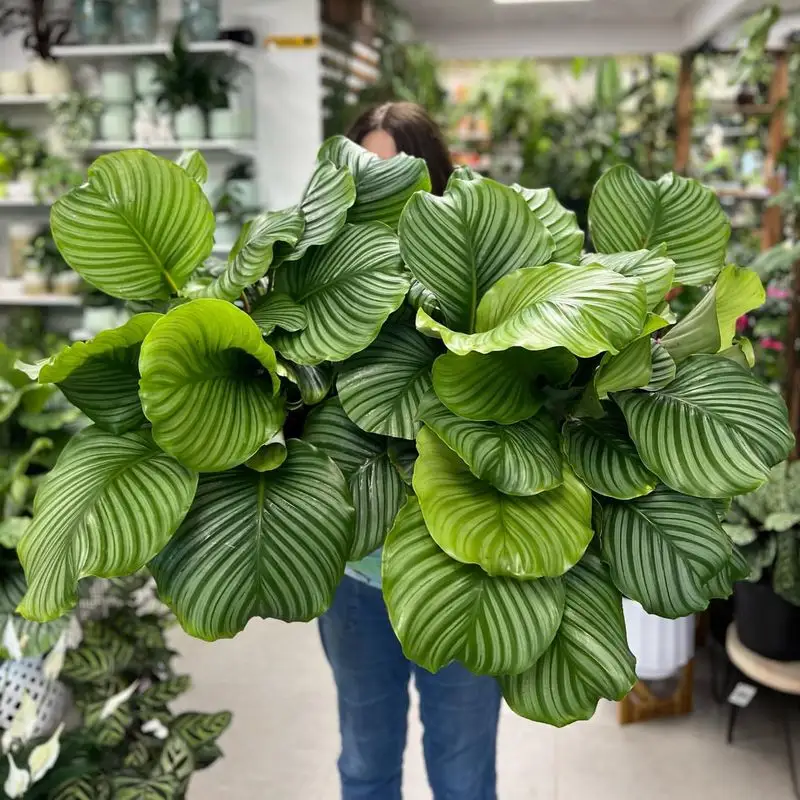
Calathea plants, with their vibrant patterns, often lure in plant enthusiasts. Yet, maintaining their striking appearance requires vigilance. They thrive in high humidity and indirect light, which can be hard to maintain indoors.
Their leaves are sensitive to water quality and can brown if exposed to fluoride or chlorine. Additionally, they demand consistent moisture levels, but over-watering can lead to root rot. Calatheas are a testament to the delicate balance of plant care, where attention to detail ensures their patterned leaves remain a visual delight.
Venus Flytrap
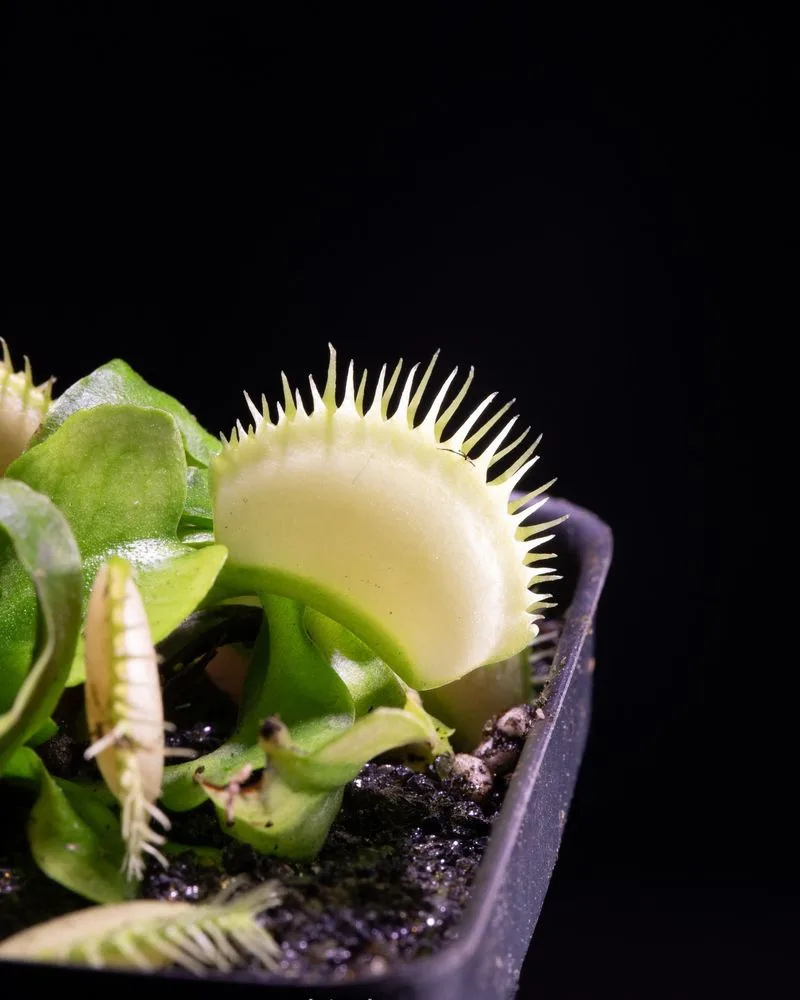
The Venus Flytrap captivates with its insect-catching ability, but its care is not for everyone. It thrives in nutrient-poor, acidic soils, and requires distilled water, making tap water unsuitable.
Bright, direct sunlight is a must, yet too much can cause sunburn. Its dormancy period adds another layer of complexity to its care routine. Many plant lovers find themselves intrigued by its unique nature but struggle to maintain its health. Successful growth involves understanding its native bog-like conditions and mimicking these as closely as possible indoors.
Gardenia
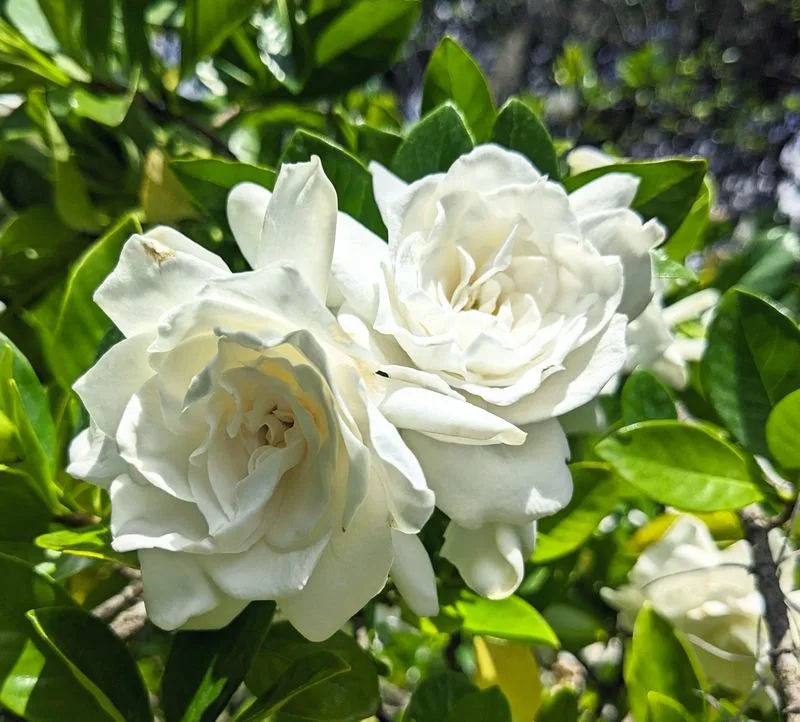
Gardenias are loved for their intoxicating scent and glossy leaves, but they come with a reputation for fussiness. They demand consistent humidity and acidic soils, conditions not easily met indoors.
Gardenias also require bright light, yet excess direct sunlight can scorch their foliage. Their sensitivity to temperature fluctuations and water quality further complicates care. Many enthusiasts find their beauty irresistible, but maintaining it requires dedication. Ensuring stable conditions and using specialized fertilizers can help keep these fragrant blooms thriving.
Bonsai Trees
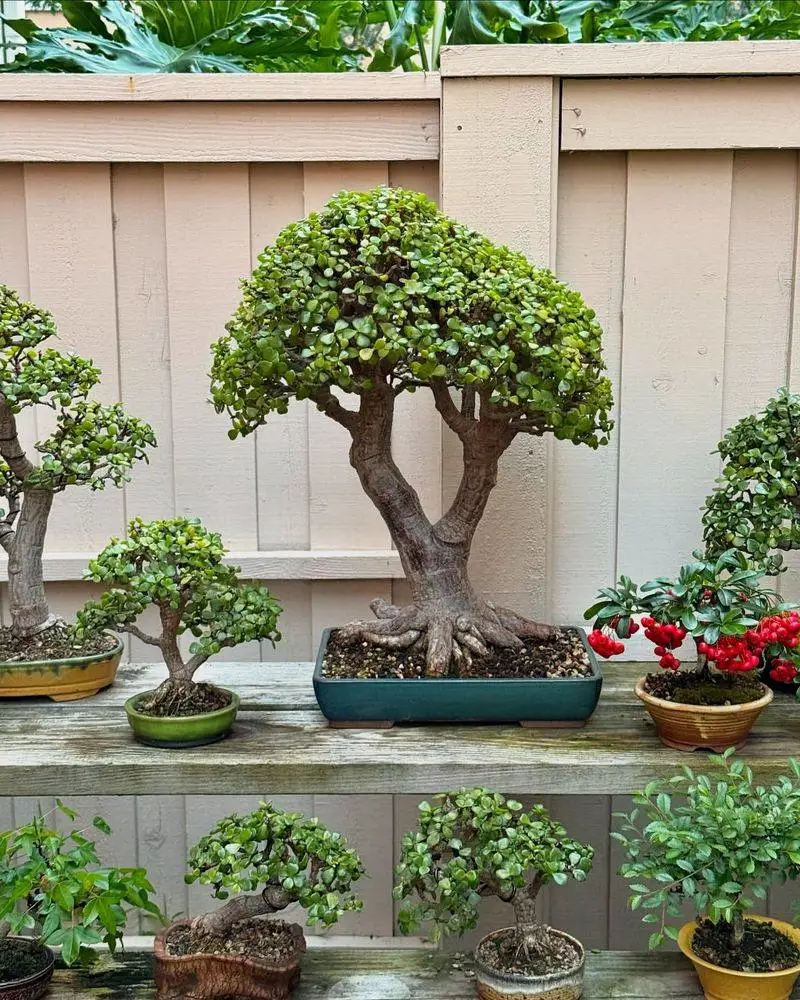
Bonsai trees epitomize art and nature, blending them into living sculptures. Their care, however, is far from simple. These miniature trees need regular pruning and exact watering schedules to mimic their natural conditions.
Bright light and humidity control are crucial, as is a well-draining soil mix. Each species has unique requirements, adding to the complexity. For those who appreciate patience and precision, Bonsai offers a rewarding challenge. However, beginners might find their needs daunting, demanding attention to detail and a deep understanding of horticultural principles.
Maidenhair Fern
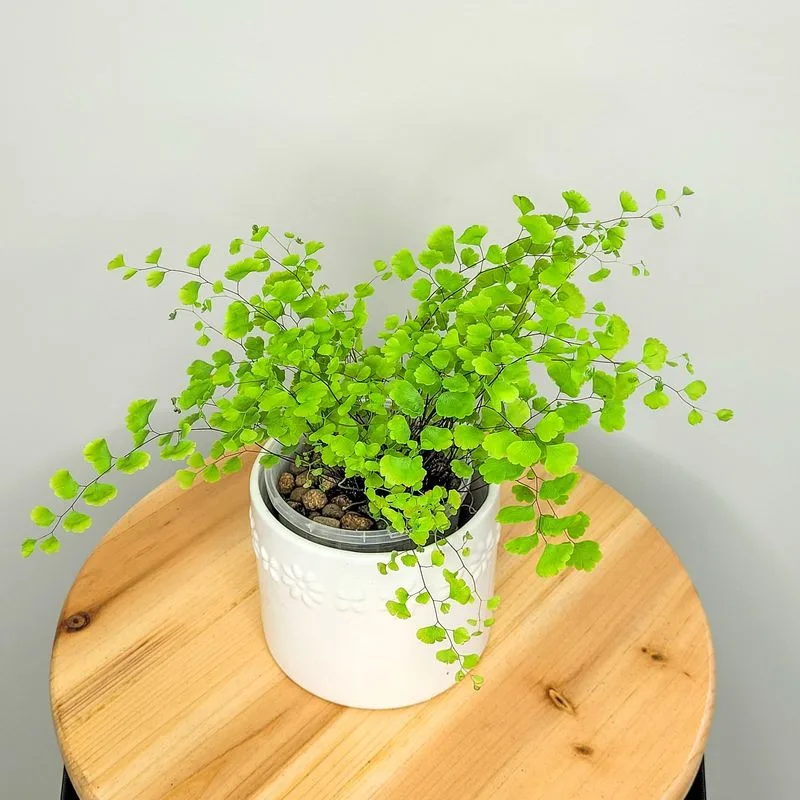
The Maidenhair Fern is a sight to behold, with its delicate foliage and graceful presence. Yet, it is notoriously challenging to maintain. It thrives in high humidity and indirect light, conditions that are hard to replicate indoors.
Its sensitivity to dry air and inconsistent watering can lead to crisp, brown edges. Many plant owners find themselves constantly misting and monitoring humidity levels. The Maidenhair Fern requires a careful balance of moisture and air circulation to keep its ethereal beauty intact, making it a commitment for the dedicated plant parent.
Peacock Plant
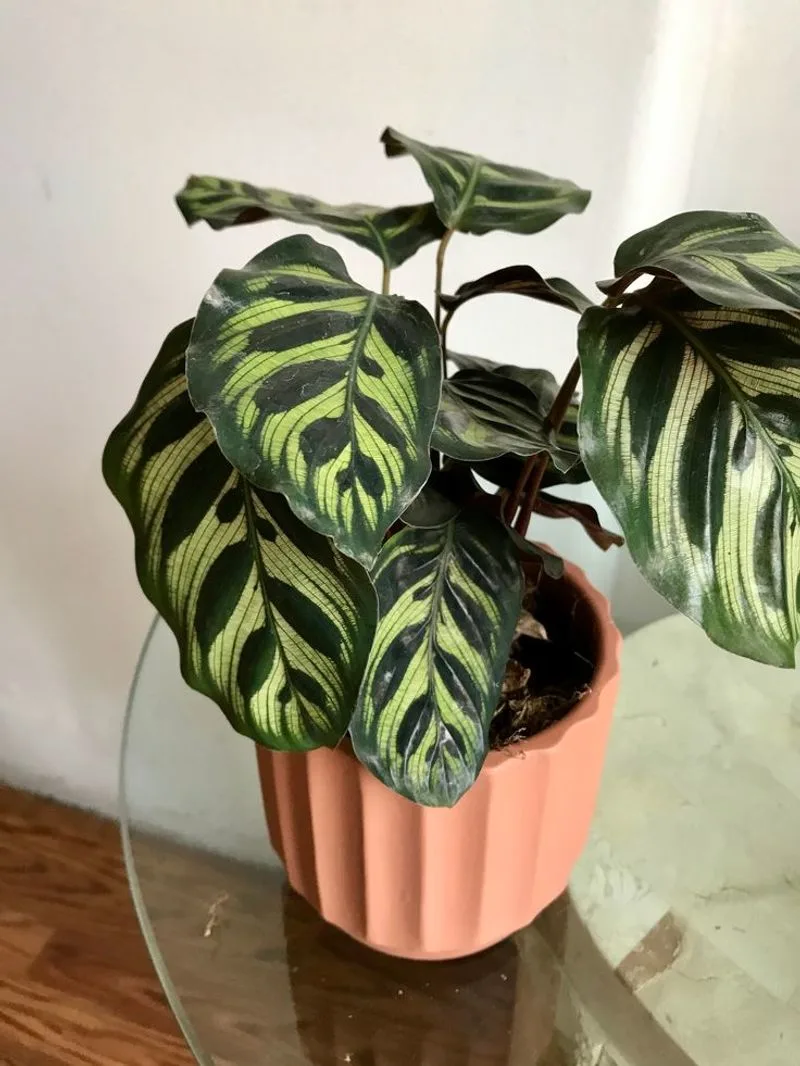
The Peacock Plant dazzles with its bold and colorful foliage, often drawing attention in any room. However, its care is as intricate as its appearance. This plant requires high humidity and consistent watering to maintain its vibrancy.
It is sensitive to water quality and prefers filtered or distilled water to prevent leaf damage. Additionally, it thrives in indirect light, yet too little can cause fading. For those captivated by its charm, the Peacock Plant demands a commitment to maintain the conditions that allow its patterns to shine.
Snake Plant
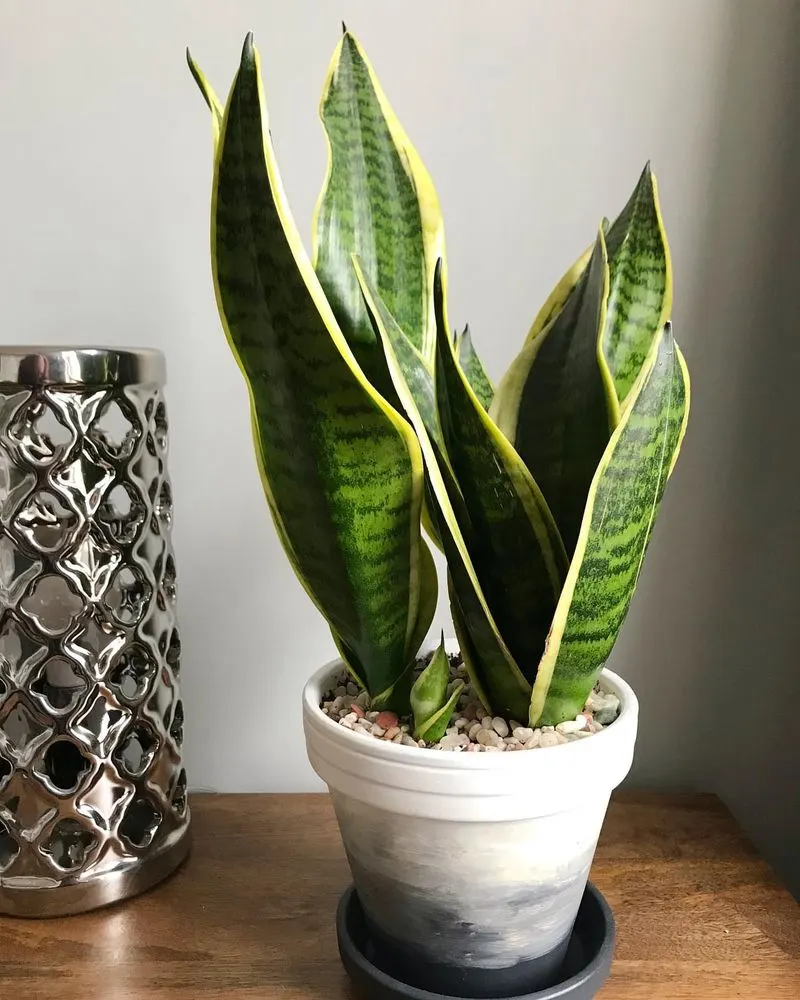
Often touted as low-maintenance, the Snake Plant can still present challenges. While it’s tolerant of neglect, overwatering is a common mistake, leading to root rot.
It prefers indirect light, though it can survive in varied conditions. Its resilience can lull owners into complacency, but attention is still required. Understanding its watering needs and avoiding excessive moisture is key. Despite its reputation, the Snake Plant benefits from regular monitoring and a cautious approach to its care, ensuring it remains a steadfast companion in any home.
Croton
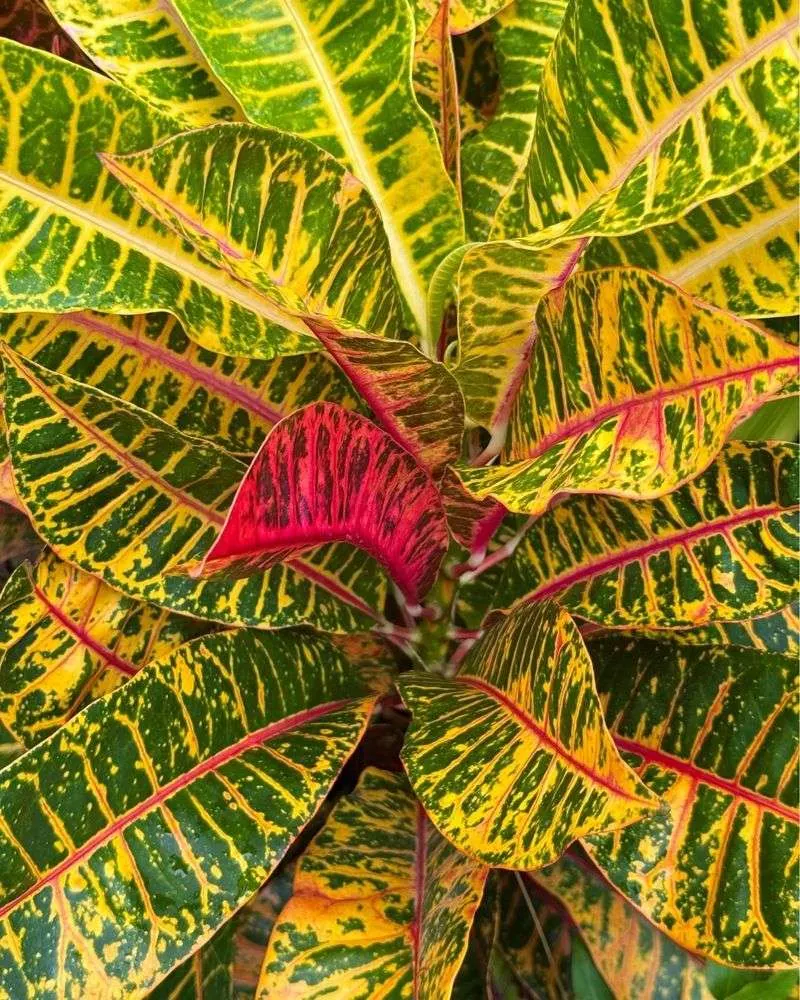
The Croton plant is celebrated for its vivid colors, but its care demands can catch beginners off guard. It requires bright, indirect sunlight to maintain its hues and should be kept consistently moist.
Sudden changes in environment can cause leaf drop, a common issue for new owners. Additionally, its sensitivity to cold drafts and low humidity can pose challenges. Those who appreciate its colorful display must be prepared to provide a stable, warm environment to keep the Croton thriving, rewarding their efforts with a burst of color.
Azalea
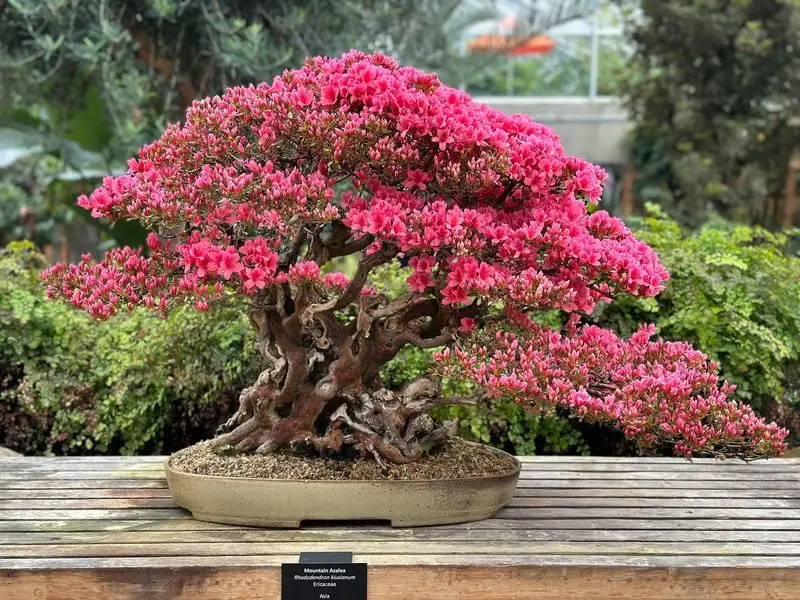
Azaleas are often admired for their vibrant blooms, but growing them indoors can be tricky. They demand high humidity and acidic soils to flourish, conditions not typically found in homes.
Proper lighting is essential, as too little can stunt growth while too much can scorch leaves. Many enthusiasts find themselves adjusting their care routine to meet the plant’s specific needs. Understanding the balance of light, moisture, and soil acidity is critical for success. Despite the challenges, a well-cared-for Azalea offers a striking floral display.
Bromeliad
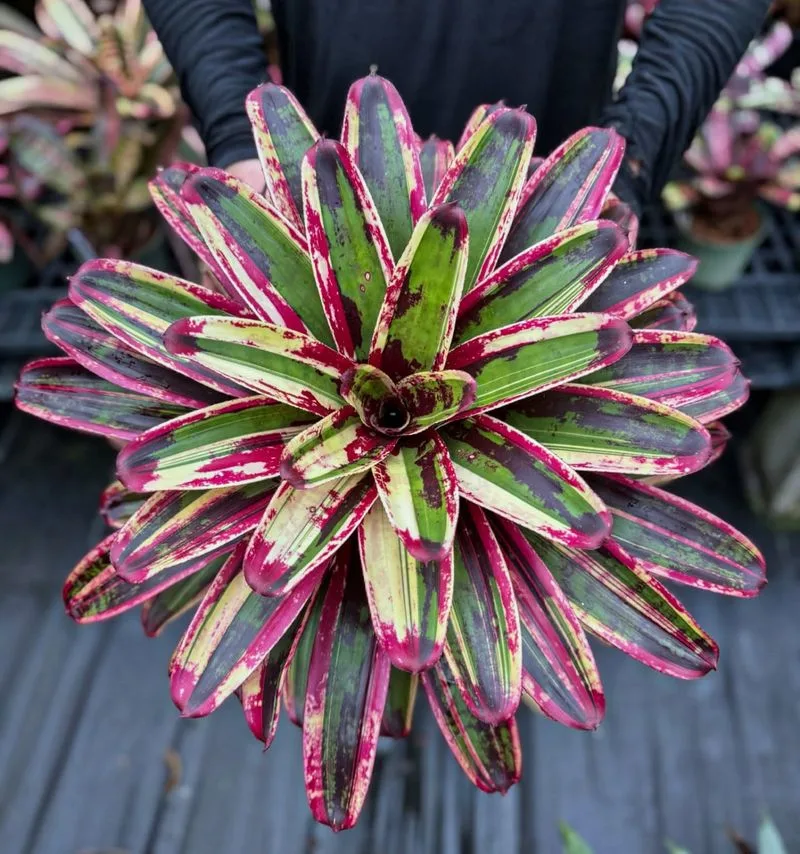
Bromeliads boast unique forms and vibrant colors, making them a favorite among plant lovers. However, their care requires precision. They thrive in bright, indirect light and need a well-draining soil mix.
Watering involves filling the central cup, a method unfamiliar to many. Humidity levels should be monitored, as dry air can lead to browning tips. Bromeliads might be associated with tropical ease, but replicating their native environment indoors takes effort. When their specific needs are met, Bromeliads can be a striking addition to any plant collection.
Peace Lily
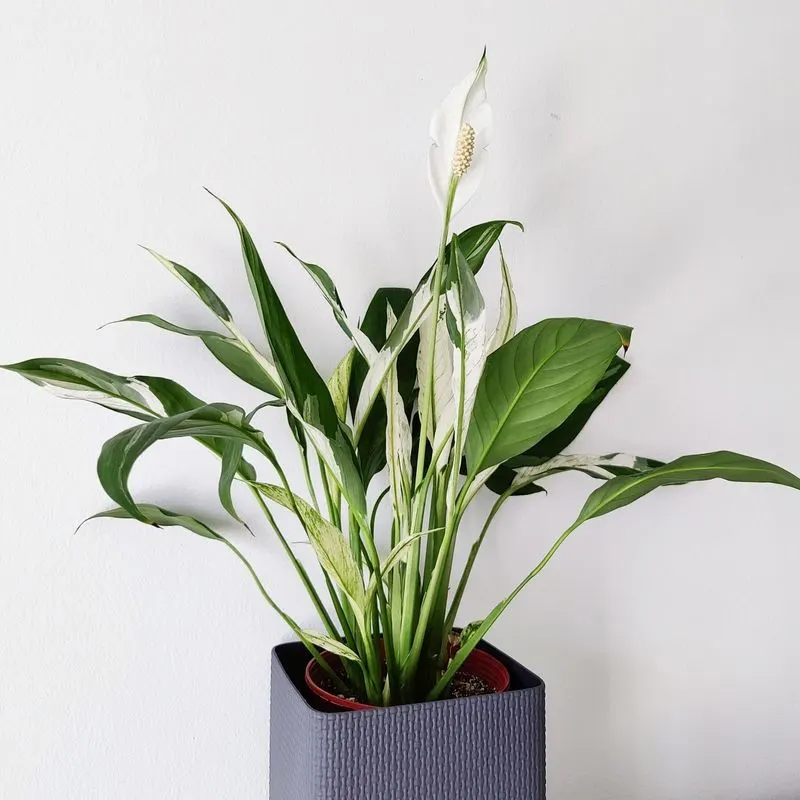
The Peace Lily is renowned for its elegant blooms and air-purifying properties. However, its care requires attention to detail. It prefers consistent moisture and dappled light, conditions that can be challenging indoors.
Under or over-watering can lead to droopy leaves or brown tips. Additionally, it thrives in higher humidity levels, which are not always easy to maintain. Understanding these nuances is key to keeping a Peace Lily healthy. Despite its reputation for being undemanding, proper care ensures it continues to grace spaces with its serene presence.
English Ivy
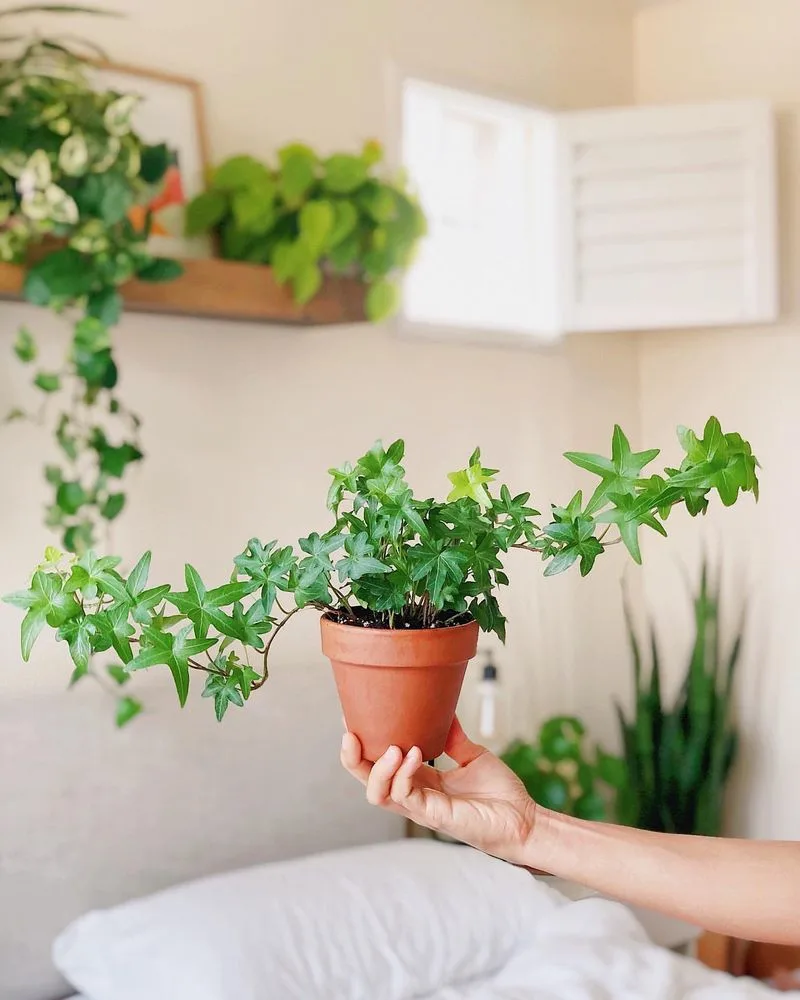
English Ivy is admired for its lush, trailing vines, making it a popular choice for indoor gardeners. Yet, its care is more involved than it appears. It prefers cooler temperatures and consistent moisture, along with bright, indirect light.
Inadequate conditions can lead to pest infestations or browning leaves. Regular pruning is also necessary to maintain its shape and health. A commitment to monitoring its environment and adjusting care is crucial. For those willing to invest the effort, English Ivy can be a rewarding, cascading addition to any indoor space.
Rubber Plant
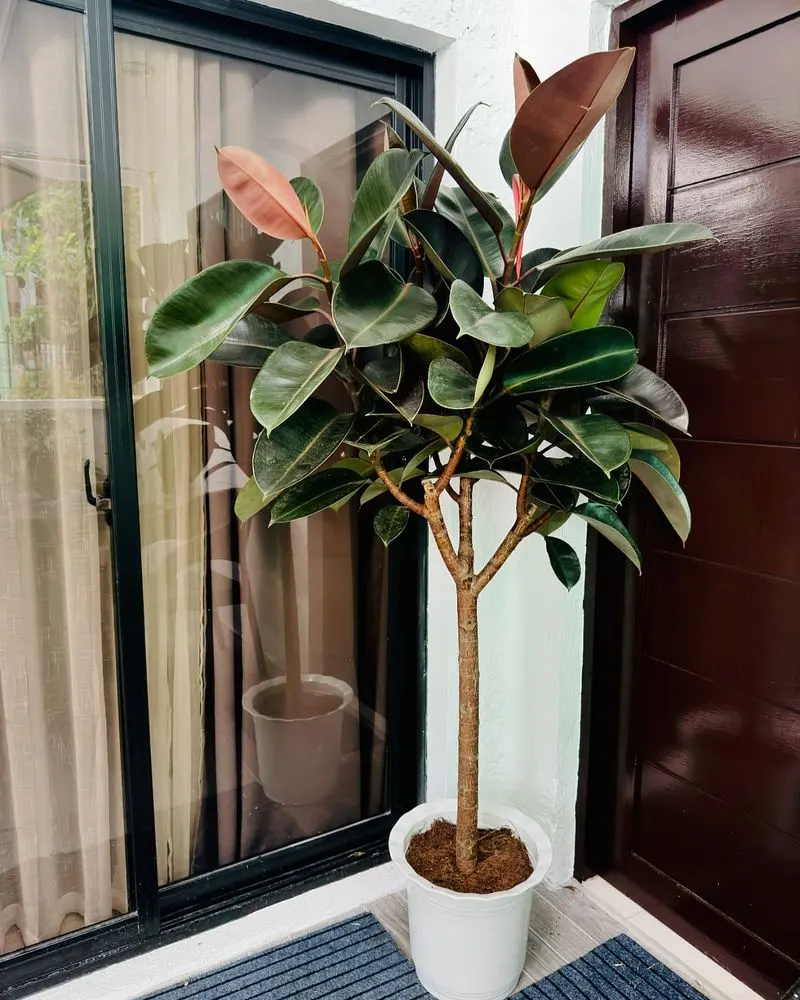
The Rubber Plant, with its robust foliage, is often seen as an easy-care option. However, successful cultivation requires attention to its specific needs. It thrives in bright, indirect light and needs regular watering without becoming waterlogged.
Sensitivity to sudden changes in light and temperature can lead to leaf drop. Providing the right balance of care ensures its glossy leaves remain healthy and vibrant. Despite its sturdy appearance, the Rubber Plant demands respect for its preferences, rewarding attentive owners with its striking presence.
Begonia
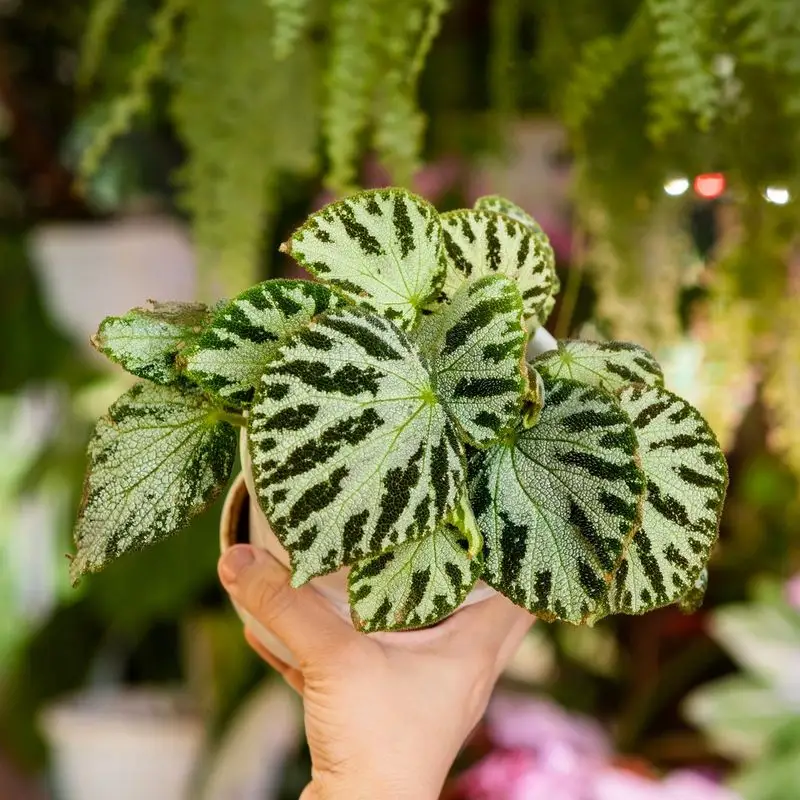
Begonias, with their diverse forms and vibrant flowers, are a delight to behold. Yet, their care is not as simple as it seems. They require well-draining soil and prefer bright, indirect light to thrive.
Overwatering is a common mistake, leading to root rot. Some varieties also demand higher humidity levels, adding complexity to their care. Enthusiasts who appreciate their variety and beauty must be prepared to provide careful, tailored attention. By understanding each Begonia’s unique requirements, owners can enjoy their stunning displays year-round.
African Violet
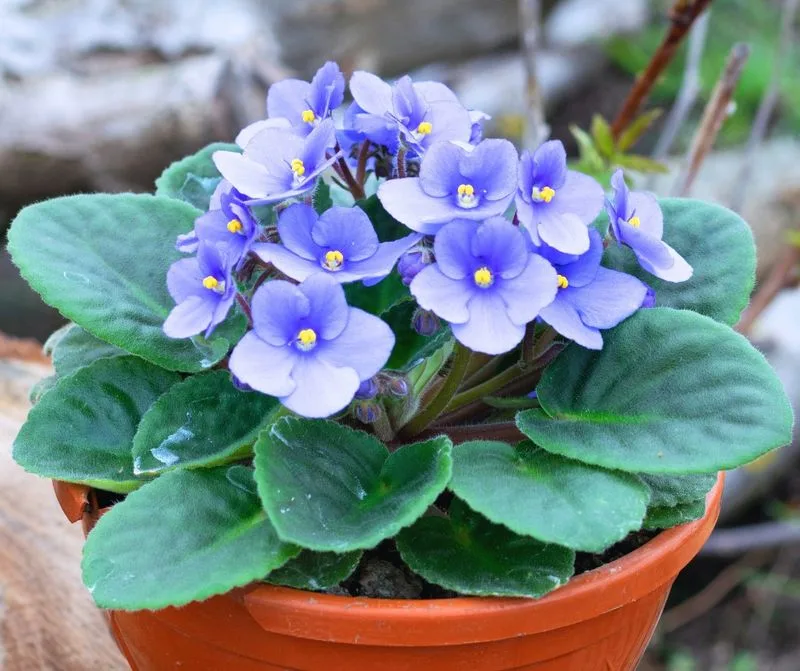
African Violets, with their charming blooms, are beloved by many. However, they are finicky about their care. They prefer consistent warmth and even moisture, but overwatering can lead to root rot.
Proper lighting is crucial, as too much direct sunlight can harm them, while too little affects blooming. Their delicate leaves can be easily damaged by water droplets. Mastering their care involves understanding their specific light and water needs, rewarding those who succeed with vibrant flowers and velvety leaves.

